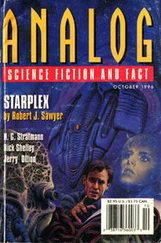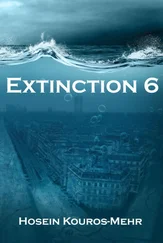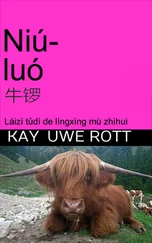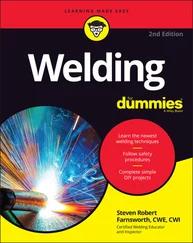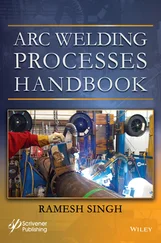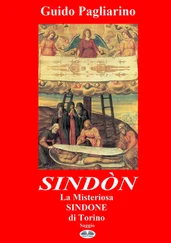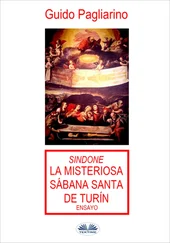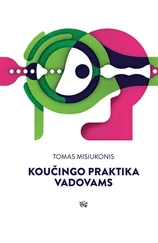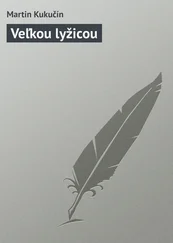1 ...7 8 9 11 12 13 ...38 482 489
483 490
484 491
485 492
486 493
487 494
488 495
489 496
490 497
491 498
492 499
493 500
494 501
495 502
496 503
497 505
498 506
499 507
500 508
501 509
502 510
503 511
504 512
505 513
506 514
507 515
508 516
509 517
510 518
511 519
512 520
513 521
514 522
515 523
516 524
517 525
518 526
519 527
520 528
521 529
522 530
523 531
524 532
525 533
526 534
527 535
528 536
529 537
530 538
531 539
532 540
533 541
534 543
535 544
536 545
537 546
538 547
539 548
540 549
541 550
542 551
543 552
544 553
545 554
546 555
547 556
548 557
549 558
550 559
551 560
552 561
553 562
554 563
555 564
556 565
557 566
558 567
559 568
560 569
561 570
562 571
563 572
564 573
565 574
566 575
567 576
568 577
569 578
570 579
571 580
572 581
573 582
574 583
575 584
576 585
577 586
578 587
579 588
580 589
581 590
582 591
583 592
584 593
585 594
586 595
587 596
588 597
589 598
590 599
591 600
592 601
593 602
594 603
595 604
596 605
597 606
598 607
599 608
600 609
601 610
602 611
603 612
604 613
605 614
606 615
607 616
608 617
609 618
610 619
611 620
612 621
613 622
614 623
615 624
616 625
617 626
618 627
619 628
620 629
621 630
622 631
623 632
624 633
625 634
626 635
627 636
628 637
629 638
630 639
631 640
632 641
633 642
634 643
635 644
636 645
637 646
638 6471
639 648
640 649
641 650
642 651
643 652
644 653
645 654
646 655
647 657
648 658
649 659
650 660
651 661
652 662
653 663
654 664
655 665
656 666
657 667
Third Edition
Sindo Kou
Department of Materials Science and Engineering University of Wisconsin Madison, Wisconsin

© 2021 John Wiley & Sons, Inc.
Edition History John Wiley & Sons, Inc. (1e, 1987)
John Wiley & Sons, Inc. (2e, 2003)
All rights reserved. No part of this publication may be reproduced, stored in a retrieval system, or transmitted, in any form or by any means, electronic, mechanical, photocopying, recording or otherwise, except as permitted by law. Advice on how to obtain permission to reuse material from this title is available at http://www.wiley.com/go/permissions.
The right of Sindo Kou to be identified as the author of this work has been asserted in accordance with law.
Registered Office
John Wiley & Sons, Inc., 111 River Street, Hoboken, NJ 07030, USA
Editorial Office
111 River Street, Hoboken, NJ 07030, USA
For details of our global editorial offices, customer services, and more information about Wiley products visit us at www.wiley.com.
Wiley also publishes its books in a variety of electronic formats and by print‐on‐demand. Some content that appears in standard print versions of this book may not be available in other formats.
Limit of Liability/Disclaimer of Warranty
While the publisher and authors have used their best efforts in preparing this work, they make no representations or warranties with respect to the accuracy or completeness of the contents of this work and specifically disclaim all warranties, including without limitation any implied warranties of merchantability or fitness for a particular purpose. No warranty may be created or extended by sales representatives, written sales materials or promotional statements for this work. The fact that an organization, website, or product is referred to in this work as a citation and/or potential source of further information does not mean that the publisher and authors endorse the information or services the organization, website, or product may provide or recommendations it may make. This work is sold with the understanding that the publisher is not engaged in rendering professional services. The advice and strategies contained herein may not be suitable for your situation. You should consult with a specialist where appropriate. Further, readers should be aware that websites listed in this work may have changed or disappeared between when this work was written and when it is read. Neither the publisher nor authors shall be liable for any loss of profit or any other commercial damages, including but not limited to special, incidental, consequential, or other damages.
Library of Congress Cataloging‐in‐Publication Data
Names: Kou, Sindo, author. Title: Welding metallurgy / by Sindo Kou, Professor Department of MaterialsScience and Engineering University of Wisconsin, Madison, Wisconsin. Description: Third edition. | Hoboken, NJ : John Wiley & Sons, Inc., 2021.| Includes bibliographical references and index. Identifiers: LCCN 2020004090 (print) | LCCN 2020004091 (ebook) | ISBN9781119524816 (hardback) | ISBN 9781119524854 (adobe pdf) | ISBN9781119524915 (epub) Subjects: LCSH: Welding. | Metallurgy. | Alloys. Classification: LCC TS227 .K649 2021 (print) | LCC TS227 (ebook) | DDC671.5/2–dc23 LC record available at https://lccn.loc.gov/2020004090LCebook record available at https://lccn.loc.gov/2020004091
Cover Design: Wiley
Cover Image: © ‐nelis‐/Getty Images
To Tina, Nancy, and Katharine
The 3rd edition of Welding Metallurgy includes updates and expands the 2nd edition that was published in 2003. About half of the 3rd edition has new content. It includes the significant new progress made in welding metallurgy since 2003. To help readers understand the subjects discussed, examples are provided in each chapter. To make it easier for readers to find cited articles or judge their relevance, the titles of the articles and the full names of the journals are provided.
In Part I, Introduction, Chapter 1has been expanded, which also includes topics on resistance spot welding and solid‐state welding (friction welding, friction stir welding, explosion welding, magnetic impulse welding, and diffusion welding). Chapter 3includes the significant effect of metal vapor in the arc on weld penetration. It also includes the new progress made at UW‐Madison on oscillatory Marangoni flow in the weld pool, weld‐pool‐surface deformation and oscillation, weld ripple formation, and how they are affected by the surface‐active agent. Chapter 4includes two new mechanisms proposed at UW‐Madison for spatter in gas–metal arc welding of Al and Mg alloys.
Part II, The Fusion Zone, has been restructured and expanded to include four new chapters: Chapters 10, 11, 12, and 14. Ternary alloy solidification, which is often difficult for students to understand, has been explained with the liquidus projections and solidification paths of example alloys. Part IIdiscusses more on the following new progress made at UW‐Madison. A liquid‐metal quenching technique to “freeze‐in” and reveal the elevated temperature microstructure during welding is demonstrated, which is useful for understanding phase transformations, nucleation mechanisms, microsegregation, diffusion, etc. Bending of growing columnar dendrites without breaking is shown to support thermal instead of mechanical, dendrite fragmentation. Identification of the grain refining mechanism is demonstrated. A statistically significant measurement of microsegregation used in casting is applied to welding. Base‐metal‐like “beaches,” “peninsulas,” and “islands” surrounded by the weld metal, often found in dissimilar filler welding and dissimilar metal welding, is explained. A simple index is proposed to predict the solidification cracking susceptibility of Al and Mg alloys and how effectively filler metals can reduce the susceptibility. A simple but improved new test for evaluating the solidification cracking susceptibility of various alloys and the filler metal effectiveness is demonstrated. New theories on the resistance of austenitic stainless steels to solidification cracking and ductility‐dip cracking are presented.
Читать дальше


